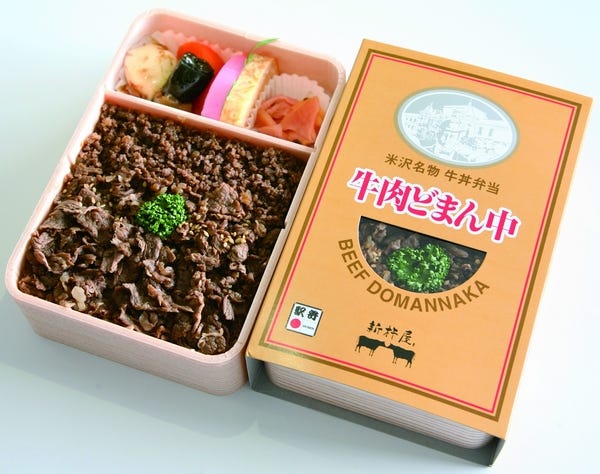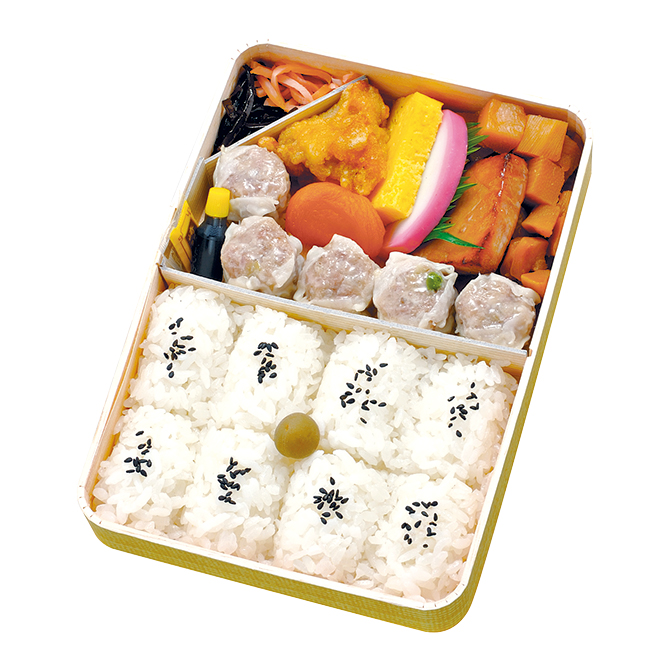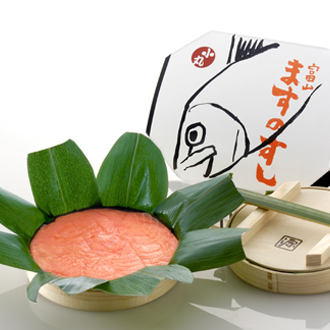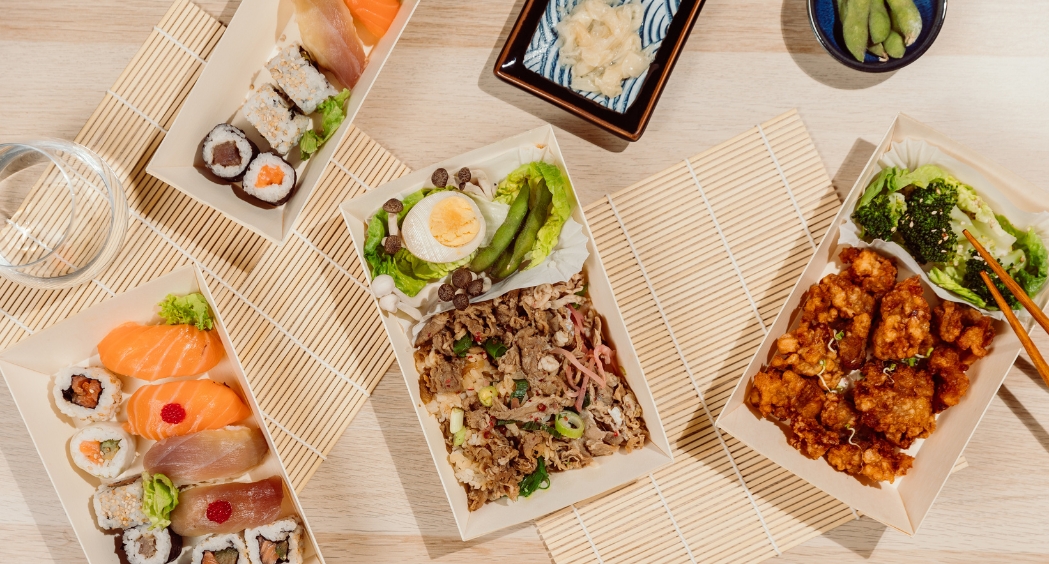Introduction
For those of you who visit Japan to conduct UX research, we know that spending long hours in the field observing and collecting data can be exhausting. One of the things we look forward to during these busy times is, naturally, a delicious meal at lunch. In Japan, bento boxes are common lunch sets prepared with a variety of sides and portions for a nutritionally balanced, and aesthetically pleasing meal. There are a variety of bento boxes that use seasonal ingredients, local specialties, or are decorated with character motifs. Allow us to introduce a part of Japanese culture deeply rooted in our daily lives! Hope you’ve already eaten!
Japanese Lifestyle and Bento Boxes
From businesspersons to schoolkids, people of all walks of life enjoy bento boxes in a variety of places and styles. Bentos range from simple ones convenience stores, to upscale boxes from specialty stores and restaurants, to homemade bentos made with love and care.
Before bento boxes became widely popular, it was originally a luxury item for the elite class. It was during the Meiji era (1868-1912) that people began to bring their own lunch boxes to school and work, a case that continues to this day. From this, bento boxes gradually became familiar to the people. During the rapid economic growth of Japan’s post-war period, advances in packaging and frozen storage technology made it easier to prepare bento lunches with more variety and longevity.
Along with their nutritional value, today’s bento boxes emphasize color and visual appearance. This is largely due to technological innovations by food manufacturers, who have devised ways to ensure that the food tastes good even when not fresh off the grill or piping hot. Thanks to these efforts, bento boxes readily available at convenience stores and supermarkets are now both delicious and nutritious.
Bento Types
While contents may vary by household, occasion, or even region, a typical homemade bento box typically contains white rice, sausage, Japanese rolled omelets, fried chicken, and cherry tomatoes or broccoli to round it out. Let’s explore a few other common bento examples:
1. Ekiben
Ekiben (駅弁) are bento boxes sold at train stations. Since ekiben are sold at stations in various regions, they are prepared in a way that showcases the local specialties of the area, both in terms of ingredients and cooking methods. A few examples include:
Beef Domanaka (牛肉どまん中) (by Shinkine-ya, Yamagata Prefecture)
This is one of the most popular beef ekiben. Made with Yonezawa beef from Yamagata Prefecture and Yamagata brand rice “Domanaka,” it offers a taste of local specialties all at once. Sold at any Shinkine-ya kiosk and at Yonezawa and Fukushima stations.

Shumai Bento (by Sakiyo-ken, Kanagawa Prefecture)
A known specialty of Yokohama, shumai bentos are a strong favorite across Japan. In addition to their namesake dish, they come with fried chicken and grilled tuna. Shumai bentos can be purchased at Yokohama Station and even Tokyo Station.

Masu no Sushi Ichiju (ますのすし 一重) (by Masu no Sushi Honpo-gen, Toyama Prefecture)
Masu no Sushi is a Toyama specialty ekiben that has become a nationwide sensation due to its striking appearance, and offers a traditional taste dating back more than 100 years. The fatty trout, Toyama-grown sushi rice, and the fresh aroma of bamboo grass create a deep, natural flavor. It can be purchased at Toyama Station and Tokyo Station.

There are many other kinds of ekiben available throughout Japan. Tokyo Station in particular sells bento boxes from various regions, so be sure to stop by if you’re ever in town.
2. Character bentos
Character bentos, called kyara-ben (キャラ弁) in Japanese, are bentos decorated to look like or remind the eater of characters from anime, manga, and video games. Generally, parents make these bentos for their children to take to school. Some are made with rice dyed with food coloring or other natural means, and use various ingredients such as cheese, seaweed, and vegetables to create the characters’ likeness. Popular characters for kyara-ben include Pikachu, Hello Kitty, and Totoro, but a wide range exist. You can even watch videos on how to make certain kyara-ben online, so why not give it a try?

3. Makunouchi Bento
The Makunouchi Bento (幕の内弁当) is a classic bento box that has been made for several generations. It was originally intended to be enjoyed during the intermission of traditional Japanese theater performances. It generally includes rice, grilled fish, omelet, pickles, and depending on the bento, may also include chicken teriyaki, a vegetable stew, and pickled plums. It is commonplace at many bento specialty shops.

4. Kaiseki Bento
The Kaiseki Bento (懐石弁当) is a bento that features food from the traditional Japanese multi-course meal called kaiseki. These bentos feature seasonal ingredients arranged in a colorful and visually pleasing manner, and are intended to be enjoyed with a delicious cup of tea. It is often prepared for celebrations, Buddhist memorial services, and other events, especially when a host wishes to entertain important guests. It can be purchased at bento shops and traditional Japanese-style restaurants called ryotei.

5. Noriben
Bento with seaweed on top of rice is called noriben (のり弁). This is one of the most popular bento at convenience stores and bento shops. Nutritious nori seaweed is used and often topped with pickles, fried white fish, chikuwa tempura, bonito flakes, etc. The lack of any red meat makes it a rather healthy option, and noribens usually meet kosher and halal dietary restrictions.

6. Donburi
Donburi (丼) is a Japanese rice bowl and a classic bento. For example, pork-katsu don (ポークカツ丼) (pork loin breaded and fried served on top of rice) and oyakodon (親子丼) (chicken and egg over rice) are well-known. They can be purchased at bento shops or as take-out options at restaurants.

In closing
Should you find yourself on-site with us, we at Uism promise you a quality lunch in addition to our quality research. Let us know your order, and we’ll do our best to provide you both a nutritionally and culturally enriching bento meal during your stay in Japan!

